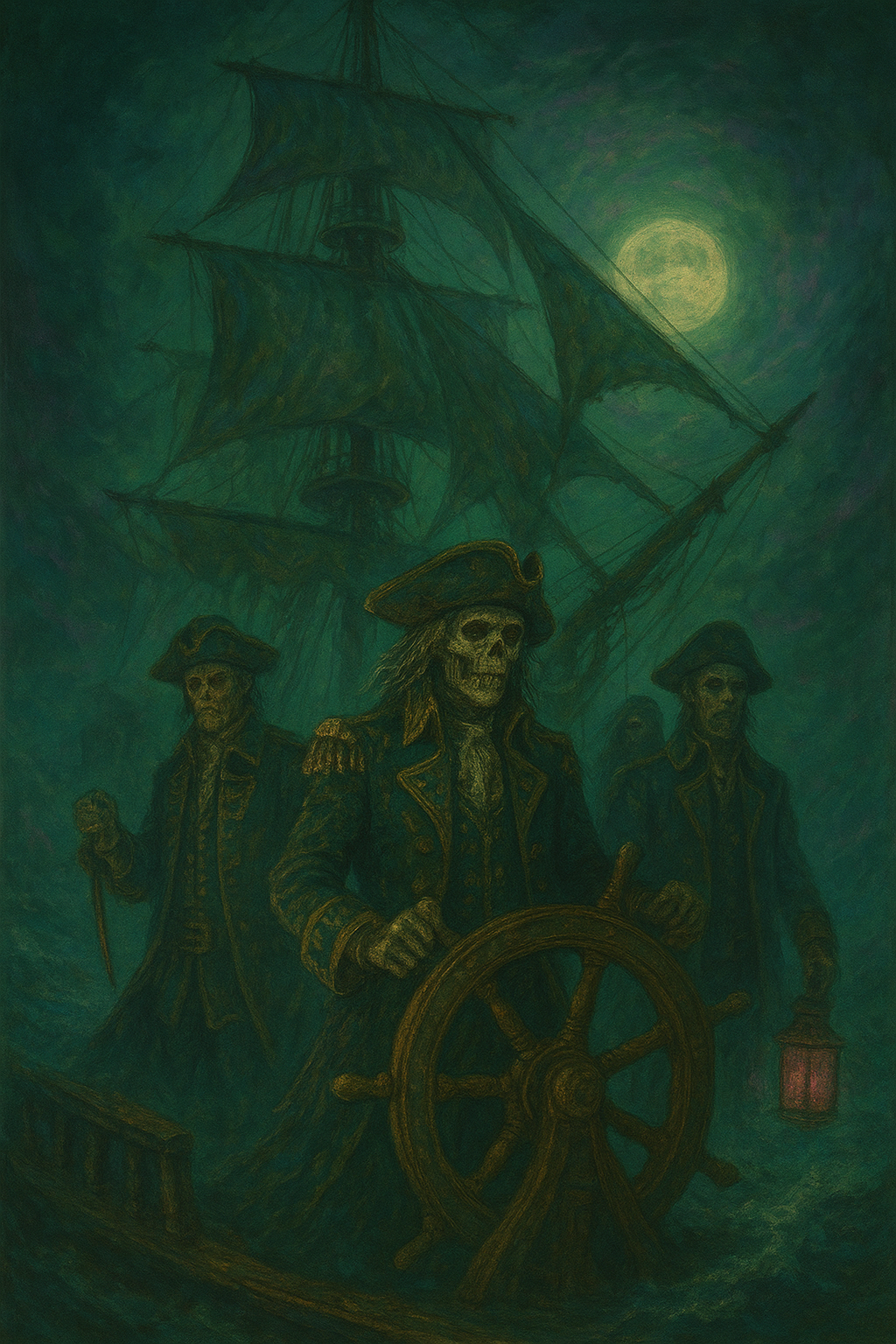Cursed for Eternity: The True Story Behind Dutch Folklore
A phantom ship gliding through fog-laden waters, its sails tattered and crew doomed for eternity—this is the legend of the Flying Dutchman, one of the most enduring maritime tales in Dutch folklore. First whispered in the harbours of the Netherlands and later immortalized in maritime tales across Europe, this ghost ship of the North Sea has fascinated sailors, storytellers, and thrill-seekers for centuries.
Sailing in the Golden Age of the Netherlands
During the 17th century, the Dutch Republic dominated global trade and exploration. Ports were bustling, fleets were large, and maritime commerce was the backbone of Dutch power. Yet with fortune came peril: treacherous storms, hidden shoals, and long nights at sea inspired eerie tales. Among them, the story of a cursed captain —this would become the Flying Dutchman legend.
The Legend Unfolds
According to folklore, a daring captain, determined to round the Cape of Good Hope despite a storm, swore he would complete his journey “even if it takes until Judgment Day.”
Enraged by his arrogance, supernatural forces condemned his ship to sail the oceans for eternity, never to make port.
Sailors claimed to see it through fog or lightning flashes, a harbinger of doom. Sightings of this spectral vessel were both feared and revered, embedding it deeply in the nautical myths of the era.
Evolution Through Time
Over the centuries, the legend has transformed. Writers such as Sir Walter Scott and Richard Wagner immortalized the story in literature and opera, enhancing the mystical aura of the doomed vessel. From a practical maritime warning to a symbol of defiance and eternal punishment, the tale evolved in Dutch folklore and spread internationally.
Today, the Flying Dutchman is a staple in global ghost-ship lore, linking the high seas to human morality and hubris.
Cultural Impact and Folklore Today
In the Netherlands, the legend has been commemorated in maritime museums, festivals, and exhibitions.
Coastal towns celebrate ghostly sightings with storytelling events, tours, and even light projections across harbours to evoke the ship’s eerie apparition. The Flying Dutchman inspires art, literature, and popular culture, reminding modern audiences of the precarious balance between ambition, nature, and the unknown.
Why the Flying Dutchman Endures
Mystery and suspense: Sailors’ ghostly encounters continue to intrigue.
Historical grounding: Rooted in 17th-century seafaring reality.
Symbolic power: Hubris, eternal punishment, and nature’s dominance resonate across eras.
Cultural influence: Museums, operas, literature, and films keep the myth alive.
Tourist allure: Dutch coastal towns leverage the legend to attract visitors seeking mystery and maritime adventure.
One last word
The Flying Dutchman story is a bridge between history and myth, between wind-whipped seas and human imagination. Its sails may never touch the shore, but its story continues to haunt harbours, inspire storytellers, and mesmerize anyone who dares to gaze into the foggy expanse of the North Sea. For those intrigued by the supernatural and fascinated by maritime lore, the Flying Dutchman remains the ultimate ghost ship.




